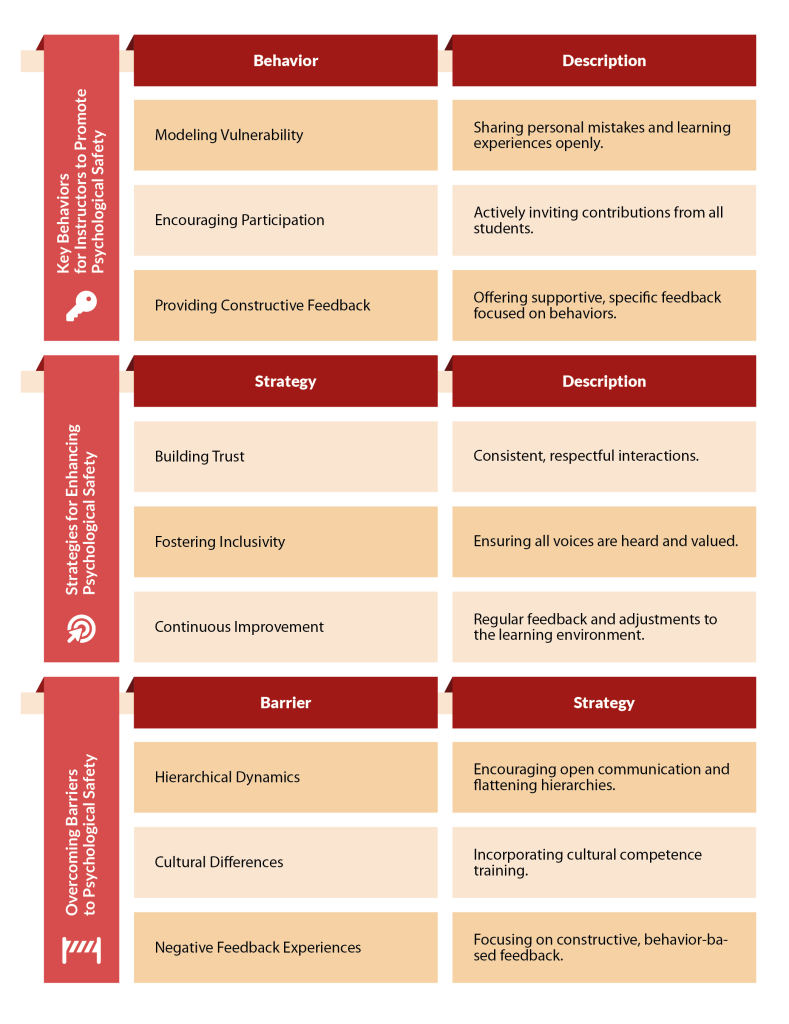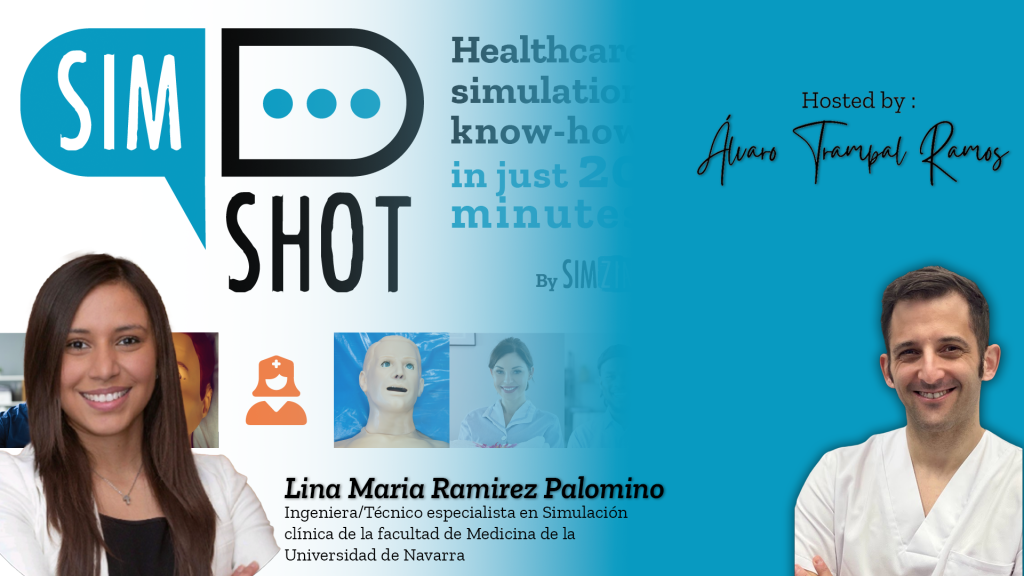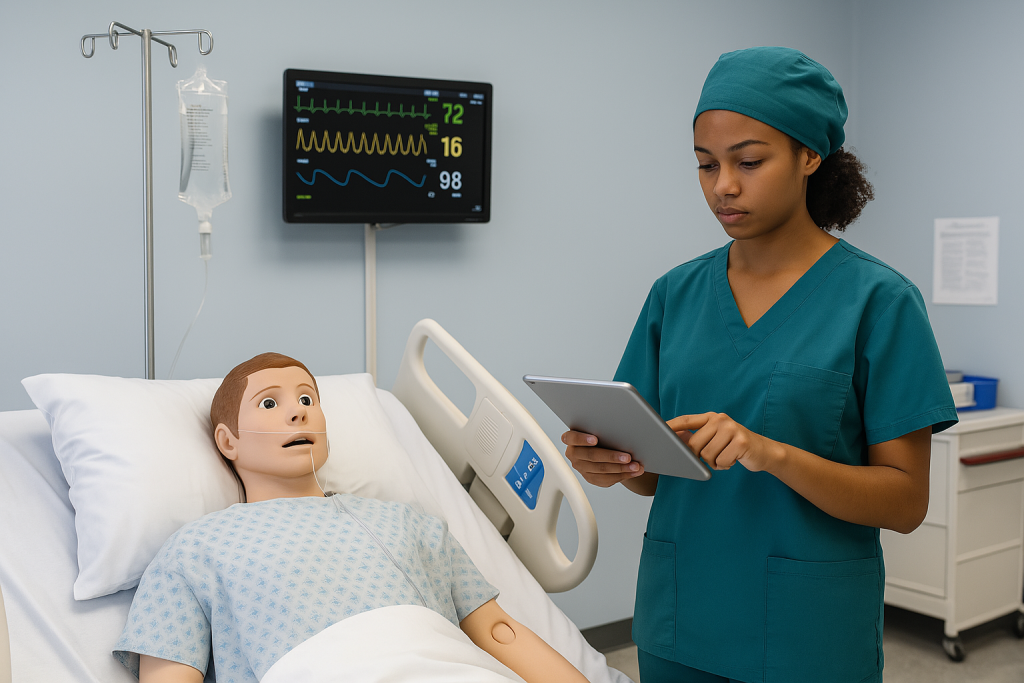Psychological safety in simulation-based learning is vital for effective nursing and healthcare education. This synthesis, supported by scientific papers, examines crucial factors such as prebriefing and debriefing, faculty presence, teamwork, and structured simulation design. Addressing fears of evaluation and fostering a supportive environment help learners engage fully and learn from their experiences.
Introduction
Psychological safety in simulation-based learning environments is crucial for effective education, particularly in nursing and healthcare training. It allows learners to engage fully, take risks, and learn from their experiences without fear of negative consequences. This synthesis explores the key factors that contribute to psychological safety in simulation, drawing from multiple research studies.
Key Insights
Prebriefing and Debriefing Importance
Prebriefing and debriefing sessions are essential for establishing psychological safety. These sessions help set expectations, provide emotional support, and create a no-blame culture, which encourages students to participate fully and learn from their mistakes (Kang & Min, 2019; Kostovich et al., 2020; Lackie et al., 2022).
Faculty Role and Presence
The presence and behavior of faculty members significantly impact psychological safety. Faculty need to be supportive, observant, and responsive to students’ needs, ensuring a safe environment throughout the simulation phases (Kostovich et al., 2020; Stephen et al., 2020; Daniels et al., 2021).
Fear of Evaluation and Mistakes
Students often experience anxiety related to fear of making mistakes and being evaluated. Addressing these fears through supportive strategies and creating an environment where mistakes are seen as learning opportunities is crucial (Kang & Min, 2019; Park & Kim, 2021).
Team Dynamics and Interpersonal Relationships
Effective teamwork and positive interpersonal relationships among students are vital for psychological safety. Facilitators should encourage collaboration and respect among participants to mitigate the negative impact of team dynamics (Kang & Min, 2019; Park & Kim, 2021; Lackie et al., 2022).
Structured and Evidence-Based Simulation Design
Using structured and evidence-based designs for simulation scenarios helps in creating a psychologically safe environment. These designs should be carefully planned to protect students emotionally and facilitate risk-taking as part of the learning process (Kostovich et al., 2020; Lackie et al., 2022).
Recognition of Barriers and Enablers
Identifying and addressing barriers such as hierarchical dynamics, fear of making mistakes, and uncertainty, while promoting enablers like supportive relationships and clear expectations, are essential steps towards fostering psychological safety (Park & Kim, 2021; Lackie et al., 2022).
Instructor Role and Behaviors
Instructors play a pivotal role in establishing and maintaining psychological safety. Key behaviors include:
- Modeling Vulnerability: Instructors should demonstrate that making mistakes is a natural part of learning by openly discussing their own errors and learning experiences.
- Encouraging Participation: Actively inviting all students to contribute, ensuring that quieter students are also given opportunities to speak.
- Providing Constructive Feedback: Offering feedback that is supportive, specific, and focused on behaviors rather than personal attributes.
Designing Safe Simulations
Simulations should be designed with psychological safety in mind. This includes:
Pre-Briefing Sessions: Clearly outline the objectives, expectations, and the importance of psychological safety before the simulation begins.
Realistic Scenarios: Creating scenarios that are challenging yet achievable, allowing students to build confidence as they navigate complex situations.
Debriefing: Conducting debriefing sessions that focus on reflection and learning rather than judgment, emphasizing what was done well and areas for improvement.
Overcoming Barriers to Psychological Safety
Recognizing and Addressing Barriers
Several barriers can impede psychological safety, including hierarchical dynamics, cultural differences, and past experiences of negative feedback. Instructors must be vigilant in recognizing these barriers and take proactive steps to address them.
Strategies for Enhancing Psychological Safety
Building Trust: Establishing trust through consistent, respectful interactions.
Fostering Inclusivity: Ensuring that all voices are heard and valued, regardless of background or experience.
Continuous Improvement: Regularly seeking feedback from students on the learning environment and making necessary adjustments to enhance psychological safety.
Conclusion
Creating a psychologically safe environment in simulation-based learning is multifaceted, involving prebriefing and debriefing, supportive faculty presence, addressing fears of evaluation, fostering positive team dynamics, and using structured simulation designs. Recognizing and mitigating barriers while promoting enablers are crucial for ensuring that students can fully engage and benefit from simulation experiences.

References
1. Kang SJ, Min HY. Psychological safety in nursing simulation. Nurse Educator [Internet]. 2019;44(2):E6–9. Available from: https://journals.lww.com/nurseeducatoronline/Abstract/2019/03000/Psychological_Safety_in_Nursing_Simulation.23.aspx
2. Kostovich CT, O’Rourke J, Stephen LA. Establishing psychological safety in simulation: Faculty perceptions. Nurse Education Today. 2020 Aug;91:104468.
3. Stephen LA, Kostovich C, O’Rourke J. Psychological safety in simulation: Prelicensure nursing students’ perceptions. Clinical Simulation in Nursing. 2020 Oct;47:25–31.
4. Park JE, Kim JH. Nursing students’ experiences of psychological safety in simulation education: A qualitative study. Nurse Education in Practice. 2021 Aug;55:103163.
5. Daniels AL, Morse C, Breman R. Psychological safety in simulation-based prelicensure nursing education. Nurse Educator. 2021 Jun 28;Publish Ahead of Print.
6. Lackie K, Hayward K, Ayn C, Stilwell P, Lane J, Andrews C, et al. Creating psychological safety in interprofessional simulation for health professional learners: A scoping review of the barriers and enablers. Journal of Interprofessional Care. 2022 Apr 11;37(2):1–16.
READ ALSO







































